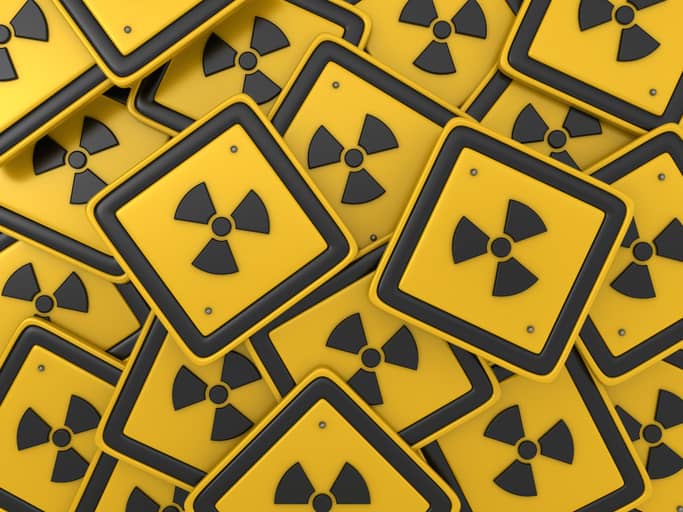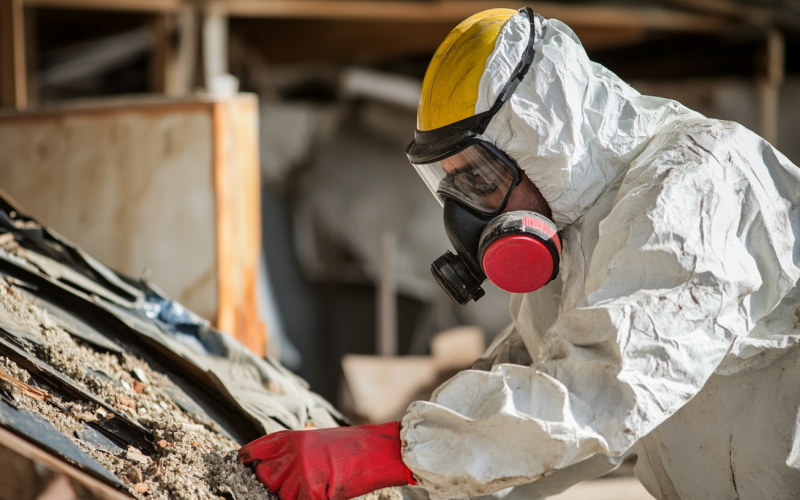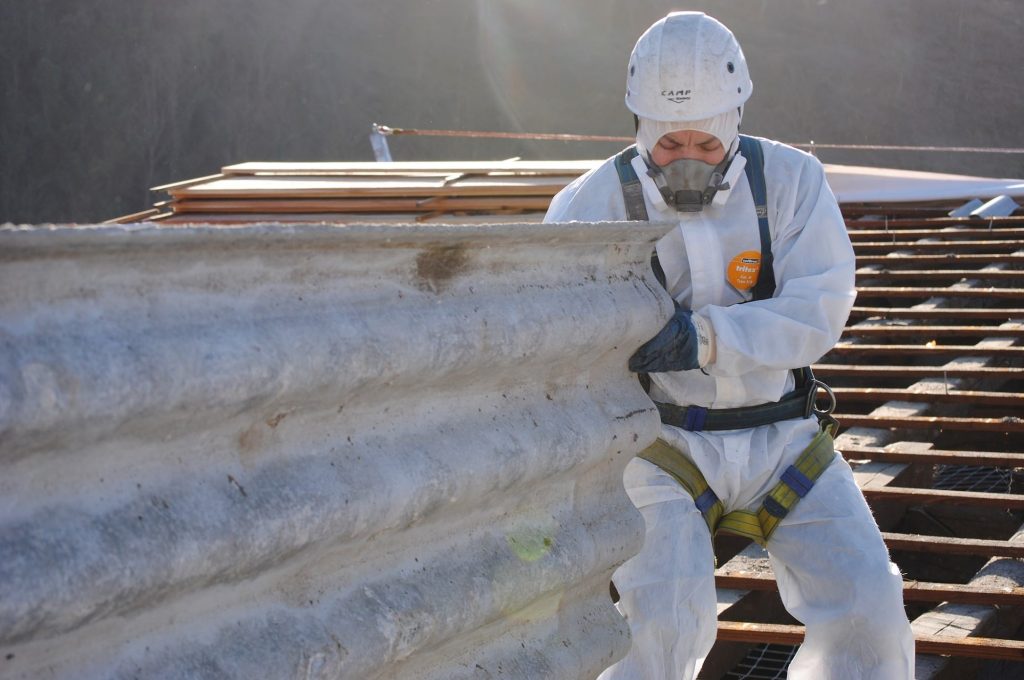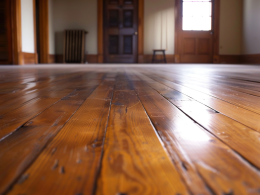Asbestos, once widely used in building materials for its fire-resistant properties, has since been recognized as a serious health hazard; exposure to fibers can cause lung cancer, asbestosis, and mesothelioma, a deadly form of cancer that affects the lining of the lungs, heart, and abdomen.
Due to these risks, removal is a critical process for ensuring the safety of occupants in residential, commercial, and industrial properties. This blog outlines the essential steps involved in the professional removal process, emphasizing the importance of a hazardous materials consultant, safety, compliance, and thoroughness.
Understanding the Need for Asbestos Removal
Asbestos was commonly used in construction materials such as insulation, roofing, floor tiles, and cement products until its dangers became widely known; buildings constructed before the 1980s are more likely to contain materials which, when disturbed, can release microscopic fibers into the air, where they can be inhaled, posing serious health risks.
Speaking with a hazardous materials consultant about professional asbestos testing is not only necessary for health reasons but is also often required by law, and in many countries, regulations mandate that asbestos be removed by licensed professionals who follow strict safety protocols to prevent contamination and exposure.
In Alberta, ASE Services is a great example of a thorough and experienced asbestos removal specialist.
The Asbestos Removal Process
Initial Inspection and Assessment
The first step in theremoval process is a comprehensive inspection and assessment. A hazardous materials consultant will visit the property to identify the presence and location of toxic materials.
This inspection may involve sampling and laboratory analysis to confirm the presence of asbestos, and based on the findings, a detailed plan for removal is developed, taking into account the extent of contamination, the type, and the specific conditions of the property.
Preparation and Planning
Once the inspection is complete, the asbestos removal company will create a tailored plan that outlines the scope of work, methods of removal, safety precautions, and waste disposal procedures.
This plan must comply with local regulations and industry standards to ensure the safety of both workers and occupants, and the company will also obtain any necessary permits and notify local authorities as required.
Site Preparation and Containment
Proper containment is crucial to prevent the spread of fibers during the removal process; the work area is sealed off using plastic sheeting, and negative air pressure units are often installed to ensure that no asbestos fibers escape into other parts of the building.
HVAC systems are typically shut down to prevent contamination through air ducts, and warning signs are posted around the work area to keep unauthorized personnel away.
Asbestos Removal
The removal of asbestos-containing materials must be carried out by trained and certified professionals using specialized equipment. Depending on the type of ACMs, different removal techniques may be employed:
- Wet Removal: To minimize the release of fibers, the material is wetted before removal. This method reduces the risk of airborne contamination.
- Encapsulation: In some cases, instead of removing the asbestos, it may be safer to encapsulate it with a sealant that prevents fibers from becoming airborne.
- Enclosure: Another alternative is to build an airtight barrier around the toxic materials, isolating it from the surrounding environment.
Workers wear personal protective equipment (PPE), including respirators, disposable suits, and gloves, to protect themselves from exposure. The removed materials are carefully placed in sealed, labeled containers for disposal.
Clean-Up and Decontamination
After the removal of asbestos-containing materials, the work area undergoes a thorough cleaning process; all surfaces are wiped down with wet cloths, and any remaining dust or debris is removed using HEPA-filtered vacuums. The workers then decontaminate themselves and their equipment before leaving the containment area to prevent the spread of fibers.
Final Inspection and Clearance Testing
Following the removal and clean-up, a final inspection is conducted to ensure that no asbestos fibers remain. Air monitoring and clearance testing are performed to confirm that the area is safe for reoccupation, and only after passing these tests will the containment be dismantled, and the property declared asbestos-free.
Proper Disposal of Asbestos Waste
Asbestos waste must be disposed of in accordance with local regulations at designated hazardous waste facilities; the removal company will transport the sealed containers to the disposal site, ensuring that the materials are handled safely throughout the process.
Work with a Hazardous Materials Consultant

Professional asbestos removal and hazardous materials consulting is a complex and highly regulated process that requires expertise, precision, and strict adherence to safety protocols. By hiring a certified company, property owners can ensure that the procedure is carried out effectively, minimizing health risks and ensuring compliance with legal requirements.
Whether for residential, commercial, or industrial properties, proper removal is essential for creating a safe environment for all occupants.












